
The Dodge Charger Daytona battery-electric vehicle (BEV), with its bright red fratzog, may look more like a classic 1968 Charger than any other car to wear the name, right down to having just two doors—though a four-door is in the works for 2025. A gasoline version, which likely will look even more like the 1968 Charger, is also in the works for 2025.
The Charger Daytona R/T two-door started at $59,595, while the 590-hp Scat Pack started at $73,190. The 2024 Chargers, made in small numbers as Launch Editions, came with no-extra-charge Direct Connection upgrades building them up to 496 and 670 horsepower, respectively. The base Charger Daytona R/T was dropped in favor of the Scat Pack in mid-2025.
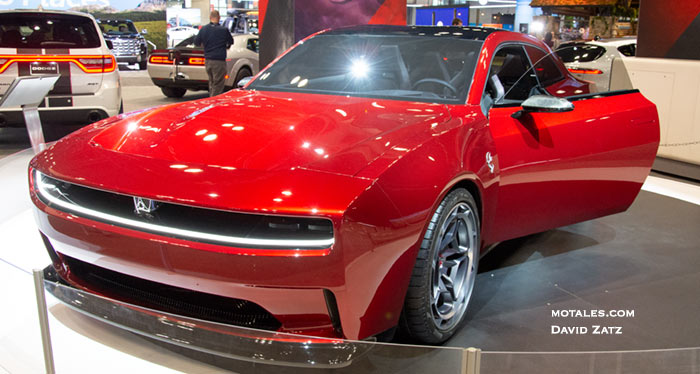
The original concept car is below; the red car above, might be the same but repainted.
Four-door models will include 420-hp and 550-hp gasoline-powered Six-Packs—using straight-six engines with twin turbochargers. Reportedly, a V8 version is in the works, but that will come after than the Hurricane-powered cars, if it comes at all; and, unless it uses the Hellcat, is likely to be slower than the six-cylinders.
After social media users complained about a silent muscle car, “Fratzonic” sounds were added; they can be controlled from the center console, with several levels from silent to 126 decibels (the same as the Hellcat). Rather than emulating a V8 directly it sounds like a combination V8 and electric car; devices under the seats make the interior (optionally) feel like the cockpit of a high-performance V8 muscle car.
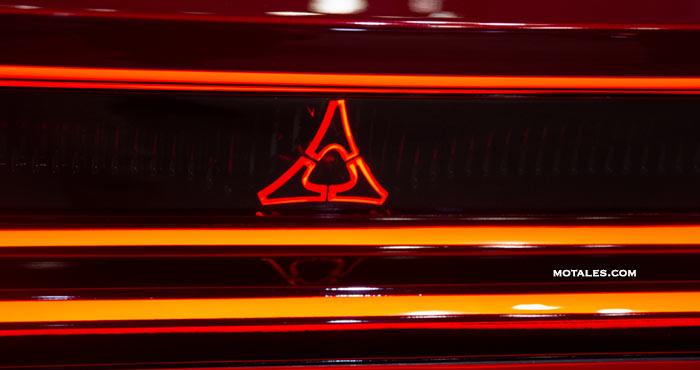
An eventual Charger Daytona Banshee is allegedly to have an 800-volt AWD drive system and a “Dodge E-Rupt” transmission to increase range and top speeds. An “electro-magnetic shift experience” mimics gasoline-car shifting. Acceleration for the Banshee is to meet or beat the Hellcat Charger. The Banshee concept had 21-inch center-lock wheels with 305mm tires up front and 325s out back.
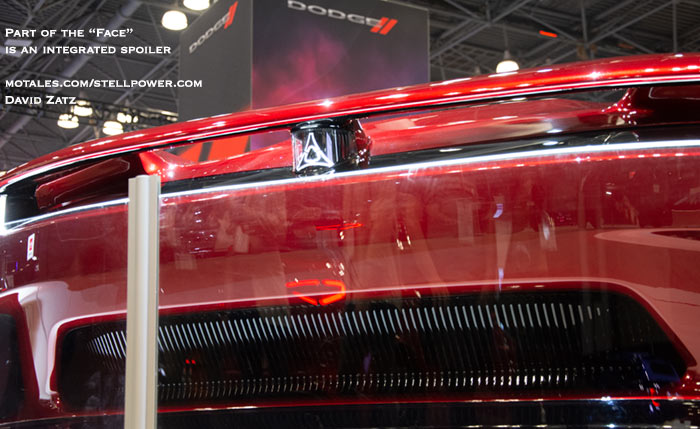
The existing Dodge Charger Scat Pack has Dodge’s PowerShot, for 15 seconds of extra power on demand.
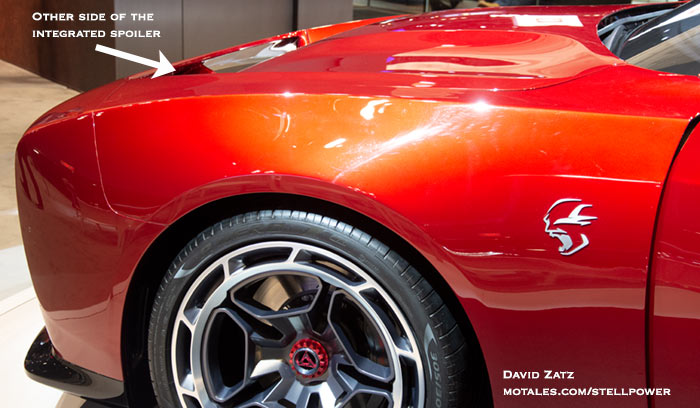
As one might expect, the Charger has regenerative braking, saving power and wear-and-tear on the brakes.
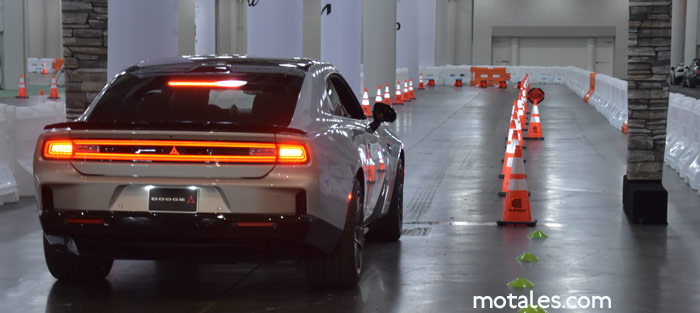
The Dodge Charger Daytona SRT concept was clearly meant to evoke the 1968 Dodge Charger, just as the modern Challenger evoked the 1970 original. The grille appears to be fairly vertical, leading to an “R-Wing” to let air flow out of the “box” and over the hood. The Charger Daytona is 25% more aerodynamic than the 2022 Dodge Charger Hellcat, a stunning achievement and one which might help to break the 2022 Charger’s 200 mph.
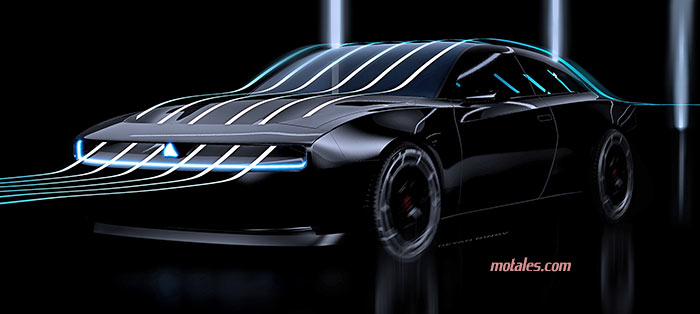
The Dodge Charger Daytona is quite long in wheelbase and overall length, and quite wide as well. In an echo of the old Shadow, the rear glass lifts up for better cargo access. These figures are for the two-door:
| Specification | 2023 | 2025 |
|---|---|---|
| Legroom F+R | 81.9 | 79.8 |
| Length | 198 | 207 |
| Width (w/o mirrors) | 75” | 80” |
| Trunk cubic feet | 16.5 | TBD |
| Pass. volume | 104.7 | TBD |
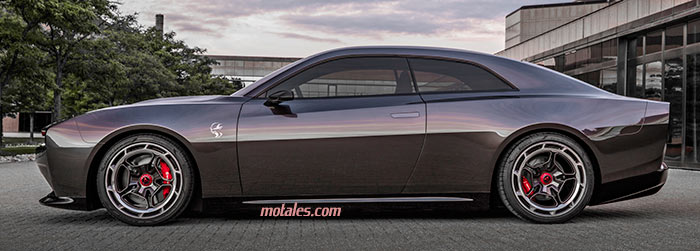
Signature lighting includes a white-illuminated grille to nearly hide the headlights (the original had headlight doors) and a fratzog badge which only glows when the car is on; otherwise, it’s hard to tell what it is. In back, the racetrack tail-lights return, surrounding another red glowing fratzog (again, when the car is running).

The interios look rather different in the factory photo and the car-show photo; one key reason, other than the angle, is that the center screen is lit up in the factory photo but not in the car-show picture.
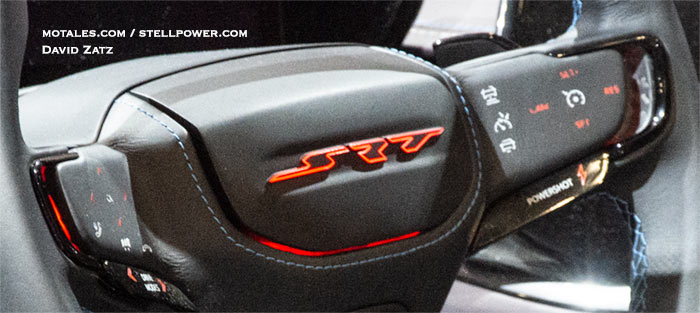
Regenerative braking is part of the package, saving wear on the pads and discs.
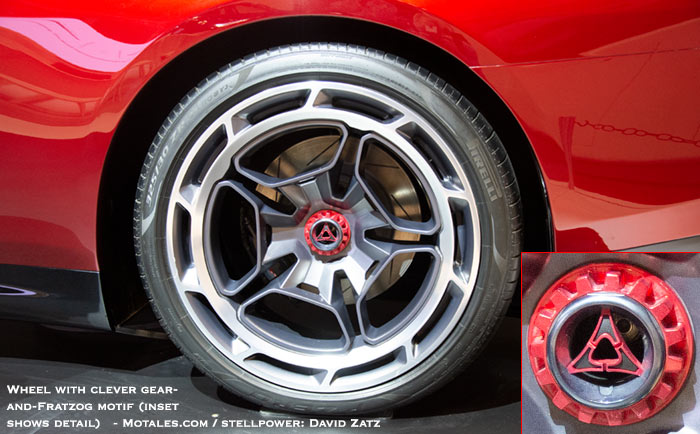
The gauge cluster is a massive 16-inch screen, with a big infotainment screen in the middle. A single button press on the steering wheel lets the driver pick from Auto, Sport, Track and Drag modes, changing the driving dynamics, instrument cluster information, HUD content, performance sound, and interior lighting.
The concept had definite cues from the original Charger, which was reportedly meant to be a turbine car; it certainly had turbine cues, as does the concept.
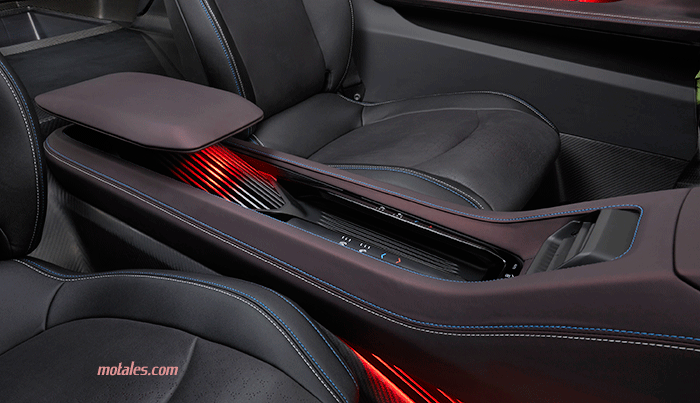
The concept had race-style bucket seats; the rear seats folded fold flat. It also had a carbon fiber floor tub to cut weight.
Whether people accept the idea of a Dodge battery-electric now, the highest performance no longer rests with gasoline powered cars except for rare supercars, such as the Dodge Challenger Demon 170. With the Charger, Dodge seems to be trying to ease the transition and bring as much of the good 1968 and 2023 Charger as possible into an electric future—and if you don’t like it, the Dodge Charger Six-Pack will remain for those who insist on a gasoline car.
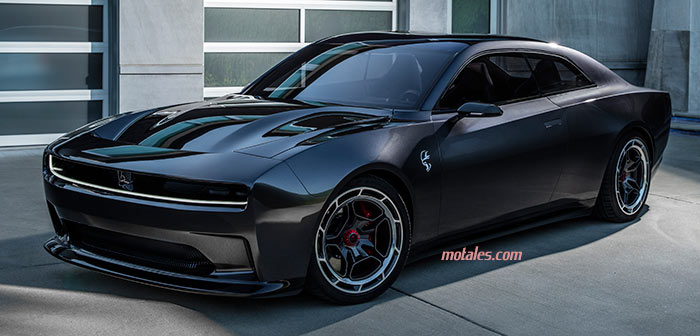
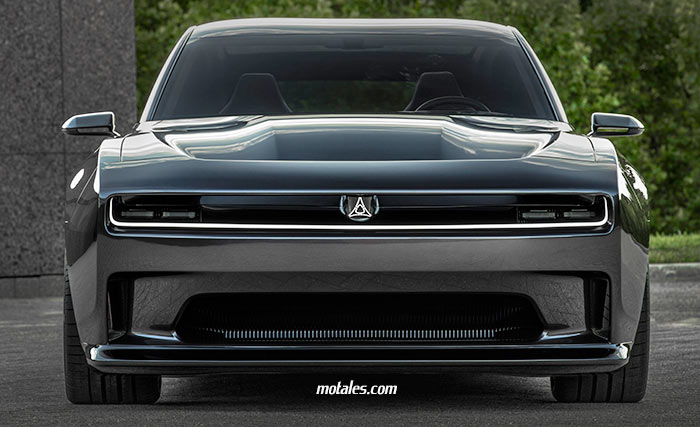
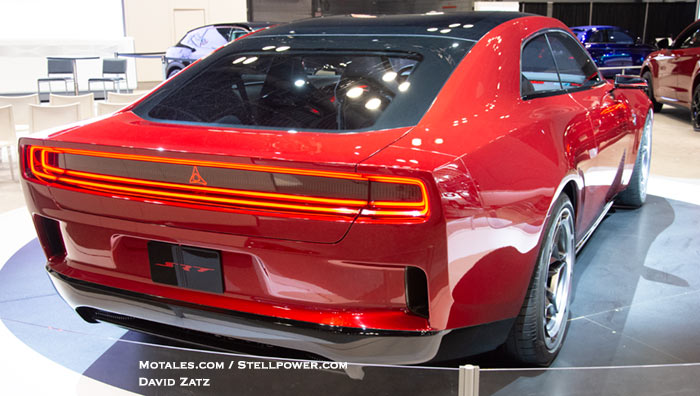
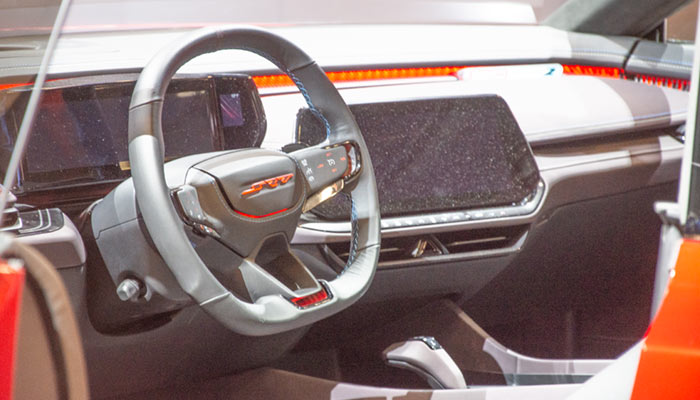
Ram remains top truck of Texas
Stalling vans, reversing Teslas: Recall Monday
Copyright © 2021-2025 Zatz LLC • Chrysler / Mopar car stories and history.
YouTube • Editorial Guidelines • Videos
Tailfins Archive • MoTales on BlueSky